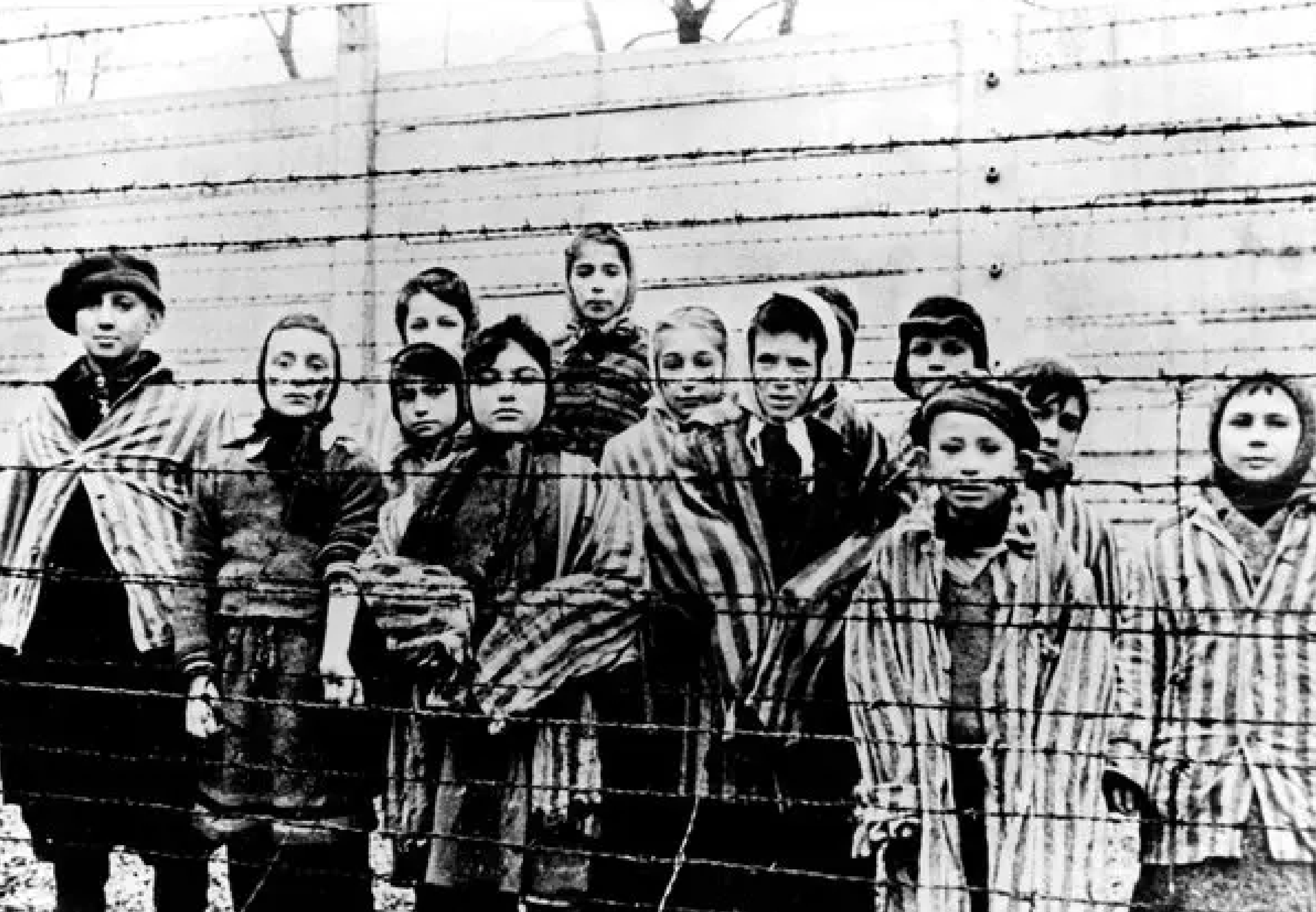
D.C.’s cruel failure to tend to its homelessness problem
My grandparents escaped Poland, then part of the Russian Empire and inhospitable to Jews, in the years just before and after World War I. Grandfather Morris Rozenman returned in 1937, long enough to urge relatives to leave, apparently convincing one cousin.
One encounters history’s ominous shadows easily enough. They loom over the large, overgrown Jewish cemeteries of Lodz and Warsaw, in ambitious museums, inescapably at Auschwitz-Birkenau. They even color contemporary politics. But the material Poland, at least in the three cities and intervening countryside seen by our study group, was pleasant.
Central and southern Poland featured busy cities each with its own character, expansive, fertile countryside, and efficient expressways. Plenty of Communist-era prefab concrete buildings survive, as do streets and structures as-yet unreached by renewal. Still, the Lodz Manufaktura, a textile plant reclaimed as a multilevel mall/arts center, and the plaza around it rival any metro D.C. shopping and dining destination. Warsaw — though lacking Krakow’s charm as a medieval university city — rates as a mostly successful rebuild from World War II’s destruction and Soviet-era grayness.
Which bring us back to the District and its cruel indulgence of street people. Within three blocks of the Capitol:
- A man passing his days on a bed of plastic crates, quilts and blankets, usually with two or three hangers-on around him;
- A knot of young men urging two of their group into a fistfight that spilled onto Third Street NW. One of the onlookers hurled something hard that smacked my car;
- Another group of young and old, male and female, squatting listlessly amid discarded food wrappers and plastic water bottles, near the Third Street tunnel entrance;
- A sunken-cheeked, bearded fellow propped against a pillar outside Union Station and being attended to by three police officers and two emergency medical technicians;
- A large, fleshy man with stained clothes and unkempt hair shuffling from customer to customer at the New Jersey Avenue and E Street NW Starbucks, standing quite inside their personal space and begging for money. Thank you, Howard Schultz, for pretending Starbucks is a chain of drop-in centers instead of successful high-volume, for-profit coffee shops;
- And an encampment, complete with shopping carts, insulated coolers and scavenged furniture, under the Interstate 395 overpass near the Rayburn House Office Building. Periodically cleared, it just as periodically has reemerged over the years.
It appears to take a lot of energy to survive on the streets. That seems so even for those who spend nights in city shelters that boot them out during the day, rain or shine. Periodic determined words by officials to the contrary, Washington does not resolve its homelessness problem.
Where do these human beings wash? What toilets do they use? In 20 years working on or near Capitol Hill, and a few more off Connecticut Avenue downtown, I’ve seen people not only urinate but occasionally defecate in building corners in daytime. No doubt someone in authority cares, since our nation’s capital likes to think of itself as compassionate as well as powerful.
Does it matter that most, though by no means all, of Washington’s street people are black, in a city that retains a black plurality? That many, as reported repeatedly, suffer from mental illnesses or drug abuse or alcoholism (or some combination)? That more than a few have family but are estranged?
What prevents successful remedies? A misguided granting of personal autonomy to those who can’t exercise it? Lack of relevant information, as if the problem hasn’t been studied exhaustively? Seemingly prohibitive costs? Callous indifference? Or a combination of all these?
Whatever the reasons, in this case at least, Washington does not compare favorably with Warsaw.






